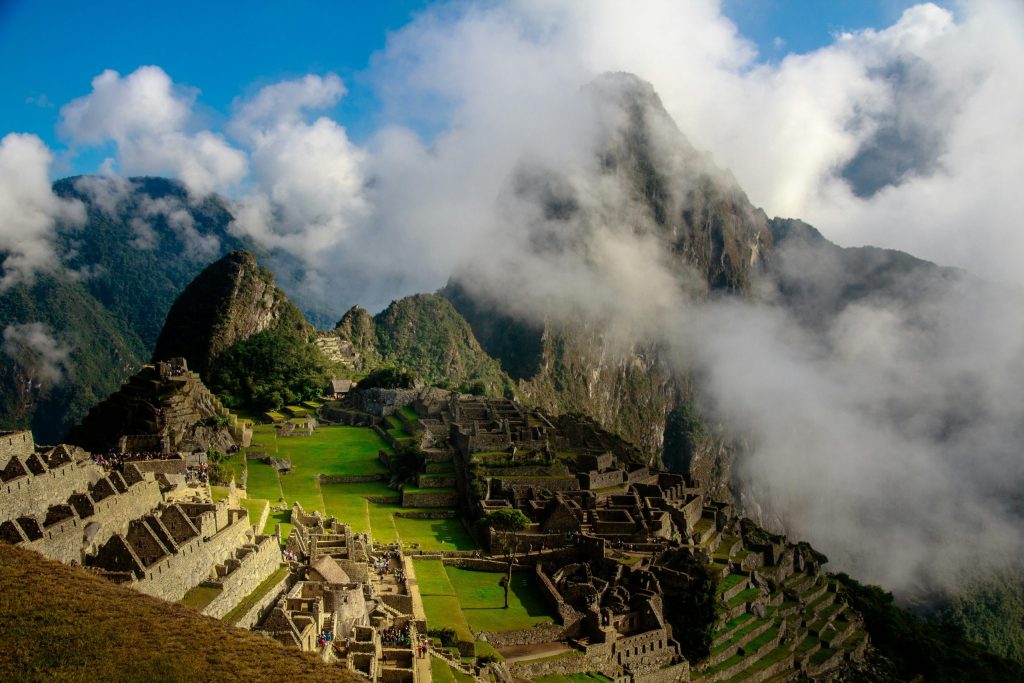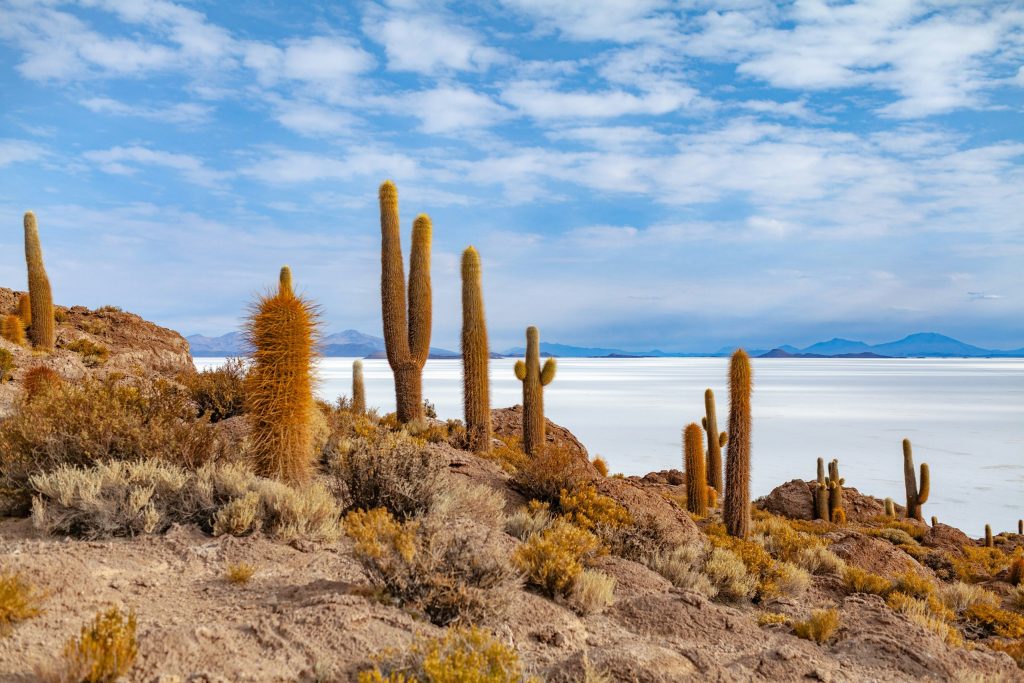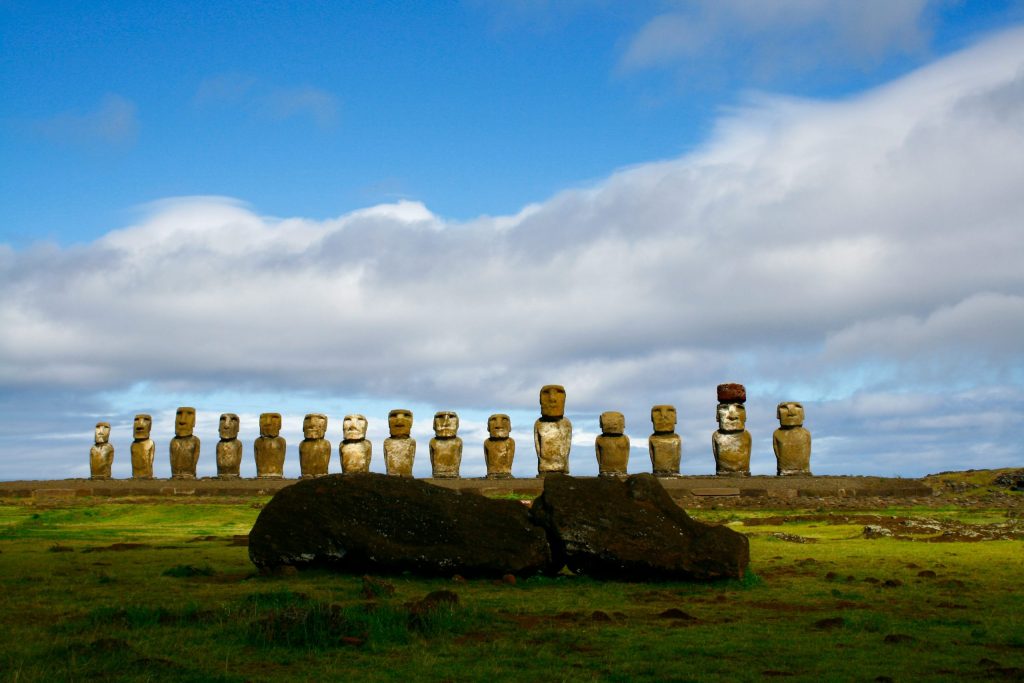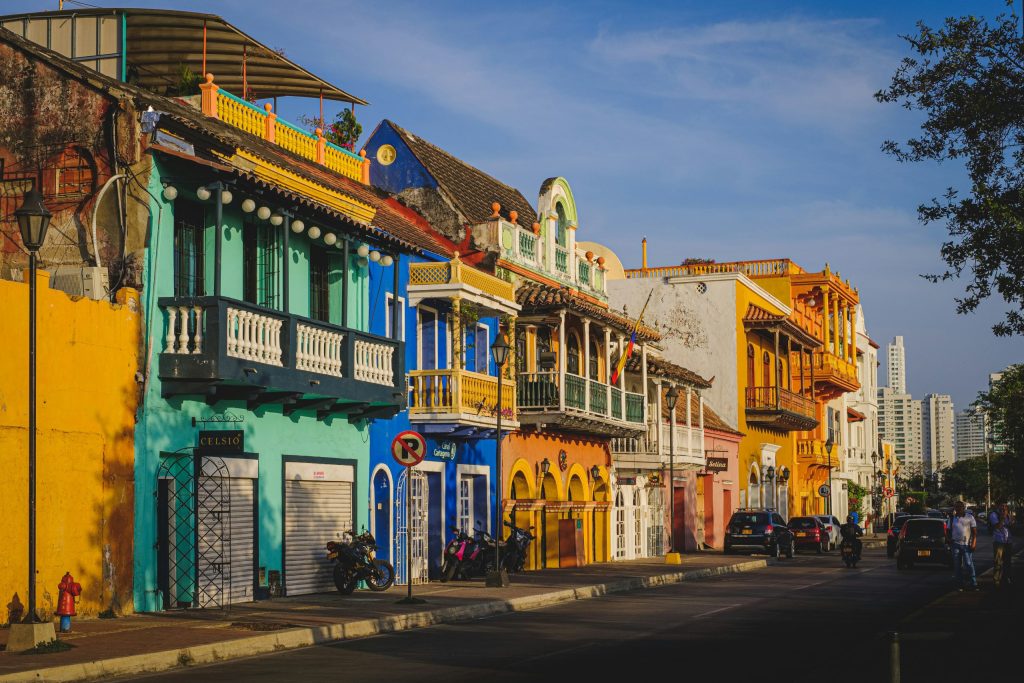South America is a destination that offers a unique and unforgettable experience for history and culture lovers. Home to some of the oldest and most diverse civilizations in the world, South America boasts a wealth of historical sites, monuments, and artefacts, as well as a rich and varied heritage of art, religion, and cuisine. Whether you are looking for a relaxing getaway, a cultural immersion, or an adventurous exploration, South America has something for everyone. Here are some of the top historical experiences that you can enjoy on your trip to South America.

Machu Picchu, Peru
Machu Picchu, Peru
No list of South America’s best historical sites would be complete without the world-famous Machu Picchu in Peru. Believed to have been constructed by the Inca Yupanqui people sometime during the mid-15th century for the then-emperor Pachacuti, the ruins of Machu Picchu sit high atop a granite mountain. The high standard of engineering and construction employed by the Incas, such as the fact that each stone on the site fits together seamlessly, accounts for Machu Picchu’s incredible state of preservation. The site was never discovered by the Spanish, and it was gradually reclaimed by jungle growth. It’s thought it might have been rediscovered in the mid-19th century, but the American explorer Hiram Bingham is generally credited with the site’s discovery in 1911. Bingham led several further expeditions to the site in the subsequent years, and excavations continued throughout the 20th century.
Machu Picchu is a masterpiece of art and engineering, and a symbol of the glory and mystery of the Inca civilization. Visitors can marvel at the temples, palaces, terraces, and fountains that make up the complex, and learn more about the history and culture of the Incas at the nearby museum. You can also enjoy the spectacular views of the surrounding mountains and valleys, and spot some of the wildlife that inhabits the area, such as llamas, alpacas, and hummingbirds.

Tiwanaku, Bolivia
Tiwanaku, Bolivia
Tiwanaku in Bolivia is an impressive archaeological site housing the capital of a pre-Inca empire. Much about Tiwanaku and its inhabitants remains a mystery and the subject of ongoing academic debate. It started out as a small farming village in approximately 1200 BC, possibly the first to ever cultivate potatoes. Over the course of the 1st century, Tiwanaku developed and, by 550 BC, it was a thriving capital of a vast empire with a presence throughout much of the Americas. At its peak, Tiwanaku had around 20,000 inhabitants. The city remained prosperous over the coming centuries and satellite towns were built, altogether with a population of up to 175,000 people.
Tiwanaku is a fascinating archaeological site, where you can see the monuments, gates, and statues that attest to the importance and sophistication of this once ceremonial city. You can admire the Akapana Pyramid, a seven-tiered platform that was used for rituals and astronomical observations, the Kalasasaya Temple, a large rectangular enclosure that contains the famous Gateway of the Sun, and the Semi-Subterranean Temple, a sunken courtyard that features carved stone heads. You can also visit the nearby museum, which displays some of the artefacts and findings from the site.
Chan Chan, Peru
Chan Chan is an impressive site in Peru and the world’s largest adobe city as well as the largest pre-Colombian city in the Americas. It was the capital of the Chimu Kingdom, a powerful civilization that ruled the northern coast of Peru from the 9th to the 15th century, until it was conquered by the Incas. Chan Chan was a center of political, economic, and religious activity, and had a population of around 60,000 people at its height. The city was divided into nine citadels, each with its own palace, temples, plazas, storerooms, and residences. The citadels were decorated with elaborate friezes and reliefs depicting animals, plants, and geometric patterns.
Chan Chan is a remarkable example of the engineering and artistic skills of the Chimu people, and a testimony of their culture and beliefs. Visitors can explore the ruins of Chan Chan, which include the Tschudi Complex, the best-preserved and most accessible citadel, the Huaca del Dragón, a pyramid-shaped temple that features a dragon-like figure, and the Huaca Esmeralda, another temple that contains a labyrinth. You can also visit the nearby museum, which exhibits some of the pottery, textiles, and metalwork from the site.

Easter Island
Easter Island, Chile
Easter Island, or Rapa Nui in the local language, is one of the most isolated and mysterious places in the world, and a UNESCO World Heritage Site. It is located in the Pacific Ocean, more than 3,000 km away from the nearest continent, and belongs to Chile. Easter Island is famous for its moai, giant stone statues that represent the ancestors of the Rapa Nui people, who settled on the island around the 13th century. There are more than 900 moai on the island, some of them weighing up to 80 tons and measuring up to 10 meters in height. The moai were carved from volcanic rock and transported to various locations on the island, where they were erected on platforms called ahu.
Easter Island is a place that will captivate you with its beauty, mystery, and culture. Visitors can see the moai at different sites, such as Rano Raraku, the quarry where most of the moai were carved, Ahu Tongariki, the largest and most impressive ahu with 15 moai, and Ahu Akivi, the only ahu where the moai face the ocean. You can also visit the Rano Kau volcano, which has a crater lake and a ceremonial village called Orongo, where the birdman cult was practiced. You can also enjoy the beaches, the caves, and the festivals of the island, and learn more about the history and traditions of the Rapa Nui people.

Cartagena, Colombia
Cartagena, Colombia
Cartagena is a beautiful and vibrant city on the Caribbean coast of Colombia, and a UNESCO World Heritage Site. It was founded in 1533 by the Spanish and became one of the most important ports and fortresses in the Americas, as well as a centre of culture and commerce. Cartagena was also a target of pirates and enemies and suffered several attacks and sieges over the centuries. The city has preserved its colonial architecture and heritage and is a living museum of history and art.
Cartagena is a city that will charm you with its colourful and lively atmosphere, and its historical and cultural attractions. Visitors can walk along the walls that surround the Old Town, and see the bastions, towers, and cannons that defended the city. You can also explore the streets and squares of the Old Town, and admire the churches, palaces, and mansions that reflect the Spanish, African, and Caribbean influences. You can also visit the Castillo de San Felipe de Barajas, a massive fortress that overlooks the city, and the Palace of the Inquisition, a museum that displays the instruments and documents of the colonial tribunal. You can also enjoy the beaches, the nightlife, and the festivals of the city, and taste the delicious cuisine and drinks of the region.
These are just some of the top historical experiences that you can have on your trip to South America. There are many more to discover, such as the ancient city of Tiwanaku in Bolivia, the rock-cut tombs of Kaunos in Turkey, the thermal pools of Pamukkale in Turkey, and the archaeological site of Gobekli Tepe in Turkey. South America is a continent of history, culture, and adventure, that will inspire and amaze you with its past and present. South America is a continent that you will never forget.
☎️ 01442 879787
???? yourdreamholiday@traveltimeworld.co.uk
???? 254 High Street, Berkhamsted, Herts, HP4 1AQ





